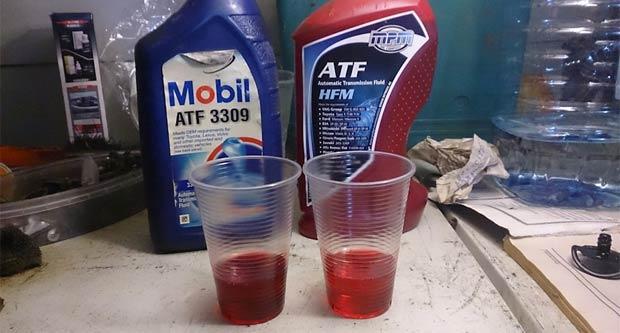
ATF oil. Classification and characteristics
Purpose and features
Gear lubricants are conditionally divided into two groups:
- for mechanical gearboxes (gearboxes, transfer boxes and other units in which only gearing is implemented and the oil does not work to transfer pressure to control mechanisms);
- for automatic transmissions (their difference from lubricants for mechanics is an additional opportunity to work in control and actuator mechanisms of automation operating under pressure).
ATF transmission oil for automatic transmissions is used not only in traditional gearboxes, in which torque is transmitted through a torque converter to planetary gear sets. ATF fluids are also poured into modern DSG boxes, CVTs, robotic versions of mechanics, power steering and hydraulic suspension systems.
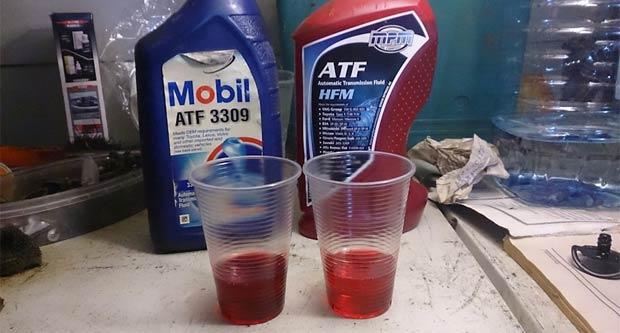

ATP oils have a number of key features that put these lubricants in a separate category.
- Relatively low viscosity. The average kinematic viscosity at 100°C for ATP lubricants is 6-7 cSt. While gear oil for a manual gearbox with a viscosity according to SAE 75W-90 (which is often used in the middle zone of the Russian Federation) has a working viscosity of 13,5 to 24 cSt.
- Suitability for work in hydrodynamic transmissions (torque converter and fluid coupling). Conventional lubricants are too viscous and do not have sufficient mobility to freely pump between the impeller and turbine impeller blades.
- The ability to endure high blood pressure for a long period of time. In the control and executive units of the automatic transmission, the pressure reaches 5 atmospheres.
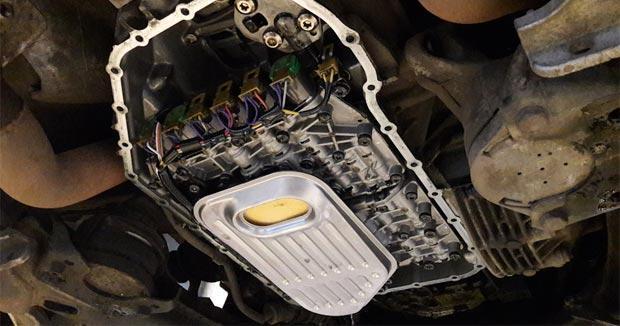

- The durability of the base and additives. It is unacceptable for base oils or additives to degrade and precipitate. This will cause malfunctions in the valve system, pistons and valve body solenoids. Technological ATP fluids can serve for 8-10 years without replacement.
- Friction properties in contact patches. Brake bands and friction clutches work due to the force of friction. There are special additives in automatic transmission oils that help discs and brake bands to securely grip and not slip at a certain pressure in the contact patch.
On average, the price of ATF fluids is 2 times higher than that of gear lubricants for manual transmissions.


The Dexron family
Dexron transmission fluids set the pace for other manufacturers in their time. This brand is owned by GM.
Dexron 1 ATF oils appeared back in 1964, when automatic transmission was a rarity. The liquid was quickly withdrawn from production due to the ban on the use of whale oil, which was part of the oil.
In 1973, a new version of the Dexron 2 ATF product entered the markets. This oil had low anti-corrosion properties. The radiators of the automatic transmission cooling system quickly rusted. It was finalized only by 1990. But the rapidly developing automotive industry required new solutions.
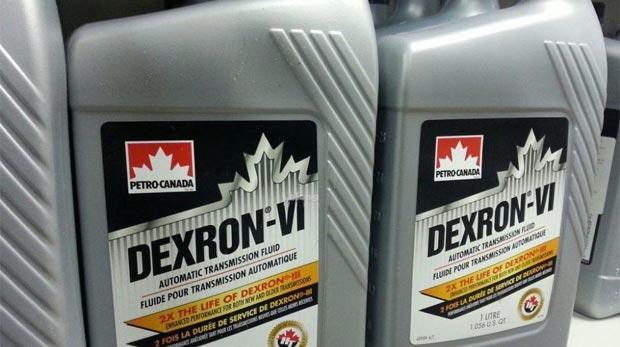

After a series of revisions of the composition, in 1993 Dexron 3 ATF oil appeared on the markets. For 20 years, this product has been modified several times, and indexes were assigned to it with each update: F, G and H. The last modification of the third generation of Dextrons was presented in 2003.
ATF 4 Dexron was developed in 1995 but was never launched. Instead of launching a series, the manufacturer decided to improve an existing product.
In 2006, the latest version of the fluid from GM, called Dexron 6, was released. This ATP fluid is compatible with all previous machine lubricants.. If the node was originally designed for ATP 2 or ATP 3 Dextron, then you can safely fill in ATP 6.


Watch this video on YouTube
Mercon Fluids
Ford has developed its own oil for automatic transmissions of its cars. It was created in the image and likeness of the Dextrons, but with its own characteristics. That is, there is no question of complete interchangeability.
The harbinger of long-lasting Mercon fluids was Ford ATF Type F. Today it is obsolete, but it can still be found on the market. It is not recommended to fill it in boxes designed for new oils. A weak composition of anti-friction additives can adversely affect the operation of hydraulics. ATF Type F is used mainly for power steering and transfer cases of some Ford car models.
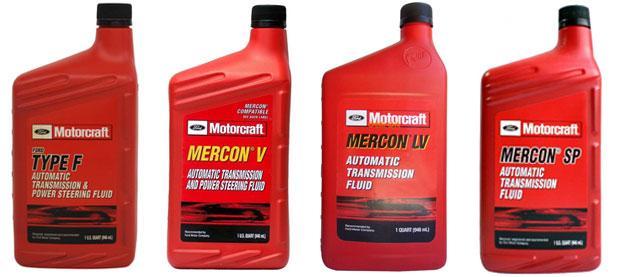

Consider the current transmission oils for automatic transmissions from Ford.
- Mercon This ATP fluid was introduced into production in 1995. The main reason is the launch of an automatic transmission with electric control and a valve body built into the box on the assembly line. Since then, there have been several minor improvements to the composition of Mercon 5. In particular, the base has been improved and the additive package has been balanced. However, the manufacturer made sure that all versions of this oil were completely interchangeable (not to be confused with the LV and SP versions).
- Mercon LV. Also used in modern automatic transmissions with electronic control. Differs from Mercon 5 in lower kinematic viscosity - 6 cSt versus 7,5 cSt. You can fill it only in those boxes for which it is intended.
- Mercon SP. Another new generation fluid from Ford. At 100°C, the viscosity is only 5,7 cSt. Interchangeable with Mercon LV for some boxes.
Also in the line of engine oils for automatic transmissions of Ford cars there are fluids for CVTs and DSG boxes.
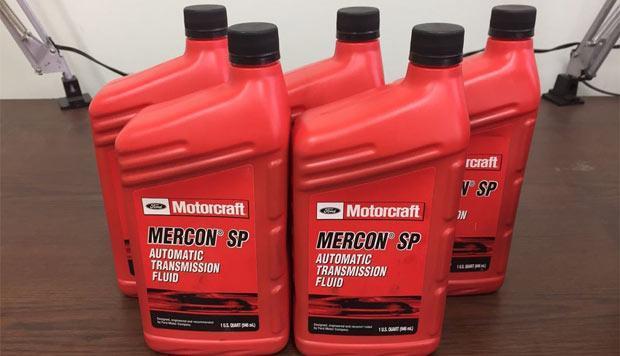

Specialized oils
A relatively small market share of ATF fluids (about 10-15%) is occupied by less well-known in a wide range of motorists, specialized oils created for certain boxes or car brands.
- Fluids for Chrysler vehicles. Available under the markings ATF +2, ATF +3 and ATF +4. The manufacturer does not allow other products to be poured instead of these liquids. In particular, the markings for Dexron family oils do not match Chrysler fluids.
- Oils for transmissions of cars Honda. Here are the most famous two products: Z-1 and DW-1. Honda ATF DW-1 fluid is a more advanced version of ATF Z-1 oils.


- ATF fluids for Toyota cars. The most demanded on the market is ATF T4 or WS. ATF CVT Fluid TC is poured into CVT boxes.
- Oils in automatic transmission Nissan. Here the choice of lubricants is quite wide. The machines use ATF Matic Fluid D, ATF Matic S and AT-Matic J Fluid. For CVTs, CVT Fluid NS-2 and CVT Fluid NS-3 oils are used.
To be fair, all of these oils are made using roughly the same ingredients as Dexron oils. And in theory they can be used instead of the above. However, the automaker does not recommend doing this.


Watch this video on YouTube

One comment
anonym
IN THIS GOOD EXPLANATION IS NOT THE DIAMOND ATF SP III CLASSIFICATION, I BELIEVE THAT ALSO IS OF GREATER IMPORTANCE.